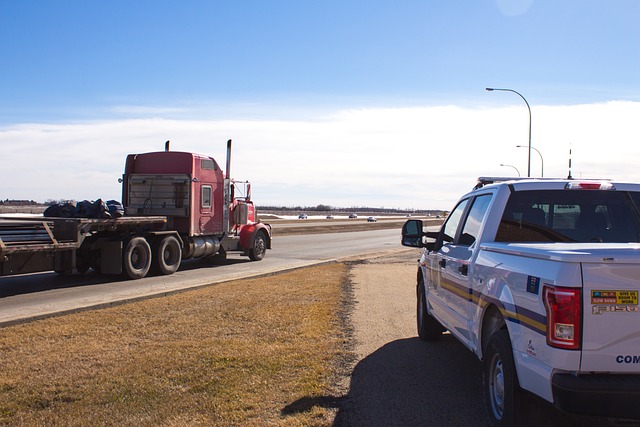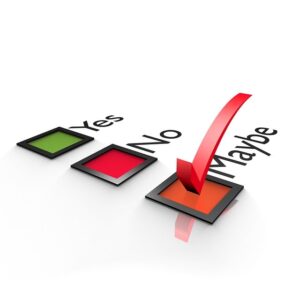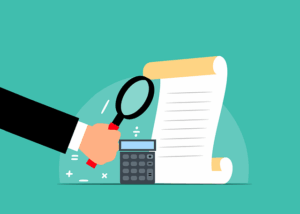Registering Your Car in California: A Step-by-Step Guide with DMV VIN Verifier Information
Learn how to register your car in California with our comprehensive guide. From understanding the process to gathering necessary documents, this article covers everything you need to know. Discover th…….

Learn how to register your car in California with our comprehensive guide. From understanding the process to gathering necessary documents, this article covers everything you need to know. Discover the crucial role of a DMV VIN Verifier in ensuring accuracy and follow our step-by-step instructions for a seamless registration experience. Additionally, we’ll walk you through post-registration steps and considerations, ensuring you’re fully prepared after your visit.
- Understanding the California Vehicle Registration Process
- Preparing for Your Visit to the DMV: What to Bring
- The Role of the VIN Verifier: Ensuring Accuracy
- Step-by-Step Guide: Registering Your Car at the DMV
- Post-Registration: Important Follow-Up Steps and Considerations
Understanding the California Vehicle Registration Process

Understanding the California Vehicle Registration Process begins with a clear grasp of the key players involved. The California Department of Motor Vehicles (DMV) is your primary point of contact, responsible for overseeing vehicle registration and titling. However, before registering your car, it’s crucial to verify the Vehicle Identification Number (VIN). This process can be efficiently handled using tools like a DMV VIN verifier or even a mobile VIN verifier/inspection service.
By utilizing these resources, you streamline the initial steps of registration. A mobile VIN inspection ensures that any potential issues with the vehicle are identified early, making the registration process smoother and less likely to encounter delays. This step is particularly important as California has stringent requirements for vehicle safety and emissions, which must be met before a car can be legally registered.
Preparing for Your Visit to the DMV: What to Bring

Before visiting your local California DMV office, ensure you’re prepared with all the necessary documents and information. This process can be streamlined by having the following items ready: your current vehicle registration and driver’s license, proof of insurance, and a valid driver’s license or identification card for all drivers who will be listed on the registration. Additionally, bring along the Vehicle Identification Number (VIN) from your car – this unique code is typically located on the vehicle’s chassis or in its engine compartment – as it’s crucial for accurate record-keeping and verification by a DMV vin verifier.
For added convenience, consider using a mobile VIN verifier service to quickly and easily obtain your car’s information before your visit. This not only saves time but also ensures that all data is up-to-date, which is essential when conducting a vin inspection.
The Role of the VIN Verifier: Ensuring Accuracy

When registering a car in California, the DMV (Department of Motor Vehicles) relies on accurate vehicle identification number (VIN) data to ensure the safety and legality of every vehicle on its roads. This is where the role of a VIN Verifier becomes crucial. They are responsible for cross-referencing the provided VIN with reliable databases to verify its authenticity and history, including any reported accidents or outstanding liens.
Using services like mobile vin inspection or a mobile vin verifier can streamline this process by offering on-site verification. This approach saves time and effort, as it eliminates the need for individuals to visit a DMV office or wait for records to be fetched from various sources. Additionally, these mobile services enhance accuracy by reducing human error during data entry, ensuring that the information associated with a particular VIN is up-to-date and reliable.
Step-by-Step Guide: Registering Your Car at the DMV

Registering your car with the DMV is a straightforward process, but it requires careful attention to detail. Here’s a step-by-step guide to ensure everything goes smoothly:
1. Prepare Required Documents: Gather essential documents like your vehicle’s registration certificate from the previous state (if applicable), proof of insurance, and a valid driver’s license. Don’t forget to bring along any necessary paperwork related to ownership transfer if you’re purchasing a used car. The DMV will guide you through what’s needed based on your specific circumstances.
2. Complete Application Form: At the DMV, obtain and fill out the appropriate registration application form. This form typically requires details about your vehicle, including its make, model, year, and unique Vehicle Identification Number (VIN). Accurately enter this VIN using a DMV vin verifier to ensure it matches the car you’re registering. For convenience, many DMVs now offer mobile vin verification, making it easy to confirm ownership before completing the form. After filling out the form, submit it along with your required documents and any applicable fees.
Post-Registration: Important Follow-Up Steps and Considerations

After successfully registering your car with the DMV, there are several crucial steps to ensure a smooth ownership experience. One vital consideration is utilizing a reliable DMV VIN verifier to cross-check the vehicle’s history and identify any potential issues or hidden problems. This process is essential, especially when dealing with used cars, as it can prevent costly surprises later on.
Additionally, exploring mobile VIN verification services can greatly benefit car owners in California. These mobile vin inspection tools allow for convenient and quick checks, providing peace of mind immediately after registration. With just a few simple steps, you can verify your vehicle’s authenticity and ensure it meets all legal standards, enhancing your overall ownership satisfaction.
Registering a car in California involves a straightforward process, but proper preparation is key. By understanding the requirements, gathering essential documents, and ensuring your vehicle’s unique identifier (VIN) is verified by an authorized DMV VIN verifier, you can efficiently complete the registration at your local Department of Motor Vehicles (DMV) office. Don’t forget to follow up with important post-registration steps for a seamless ownership experience.







